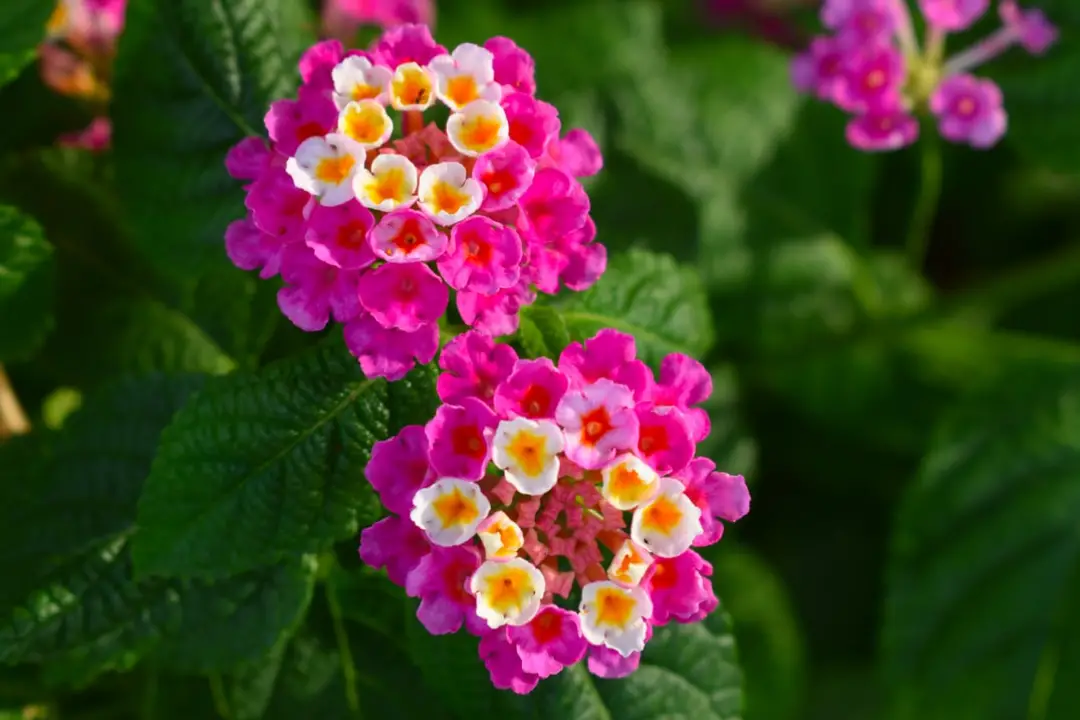Last Updated on October 8, 2022 by Real Men Sow
Lantana flowers (Lantana Camara) are very easy to grow and maintain. The long-blooming time of these verbena-like flowers has been appreciated for a long time. There are many varieties that come in a variety of colors. The lantana plant can be grown as an annual or perennial, depending on where it is grown. Plant lantana flowers in a garden or in pots. Hanging baskets are also an option for trailing varieties. Lantana flowers are a great choice if you want to attract butterflies or hummingbirds into your garden.
How to Grow Lantana Flowers
A great way to add color to your garden is to grow lantana. Plant them in a sunny spot and make sure they are well-drained. These plants can tolerate many soil types, but lantana flowers prefer acidic soil. Mulching pine needles with soil is a great way to raise acidity.
Lantanas can be planted once frost and cold have passed. However, they do prefer warmer temperatures so new growth might take a while to emerge. They will thrive once the temperature rises.
Caring for Lantana Plants
Although lantana flowers need to be watered frequently when they are first planted, once they have established themselves, they require very little care and can tolerate dry conditions. They will be happy with a good soak once a week.
Even though it’s not necessary, lantana plants may be given a small amount of fertilizer each year. However, too much can inhibit their flowering. You can encourage reblooming by cutting the deadhead (tips) regularly. You can give new life to overgrown plants by cutting off a third of their growth. They will quickly bounce back. Spring is the best time to prune your plants.
Common Problems with Growing Lantana Flowers
Although lantanas do not have too many problems they may be affected by the following:
- Powdery mildew, If the plant doesn’t get enough sunlight, powdery mildew may become a problem. If the plant is not given enough light, it can develop root rot.
- Sooty mold is a condition that causes leaves to turn a dark brown color. It is usually caused by insect pests like whiteflies.
- Lace bugs are another common pest that can affect lantana plants. They cause the leaves to turn grayish or brown, then fall off.


